Comfort, safety, and cleanliness were key usability considerations for a team from the Singapore Institute of Technology (SIT), which included Assistant Professors Mark Teo and Kyrin Liong and Associate Professor Steven Tay and former Associate Professor Karina Dancza, when designing a chair for students at Rainbow Centre, a Singapore social service agency.
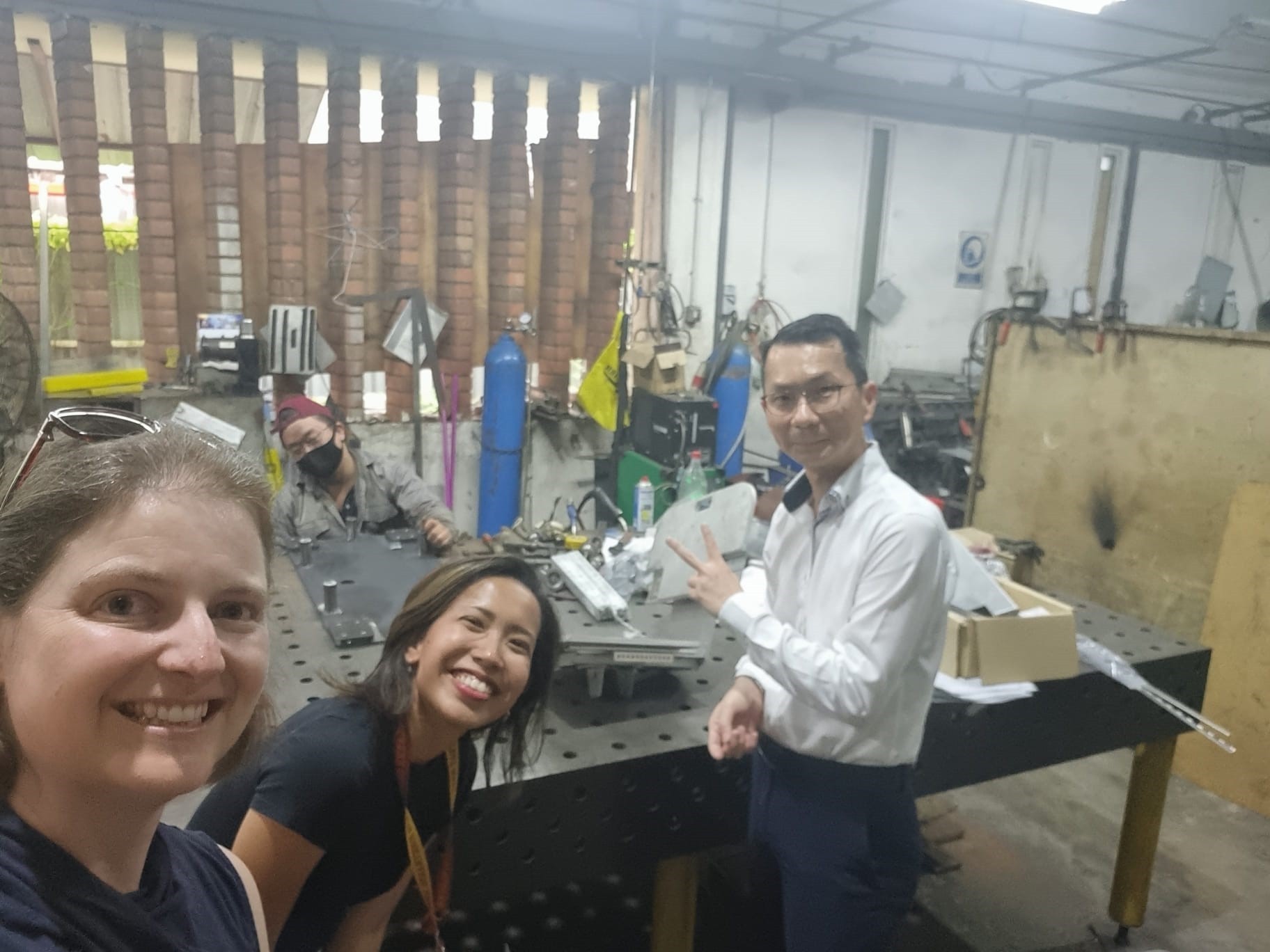
Innovation in Action: The SIT team working on a chair prototype at the machinist’s workshop. (Photo: Karina Dancza)
But this is no ordinary chair. It was specifically designed for children with special needs who require additional safety and support from their classroom furniture. “A large part of it is functionality. One, to help the students be safe, and two, to not distract them so they could focus while learning. Our objective is to have that one chair that could address different needs,” Asst Prof Teo said.
Together with local engineering company HOPE Technik, the SIT team, comprising four faculty members and eight students, created a prototype for a classroom chair that met Rainbow Centre’s needs.
It has sturdy construction and stain-resistant upholstery, built to remain in place even while students seated in it may rock back and forth as a sensory response. Barriers at the side provide proper support and prevent falls, while a raising mechanism and adjustable armrests enable the chair to seat students of different ages and sizes.
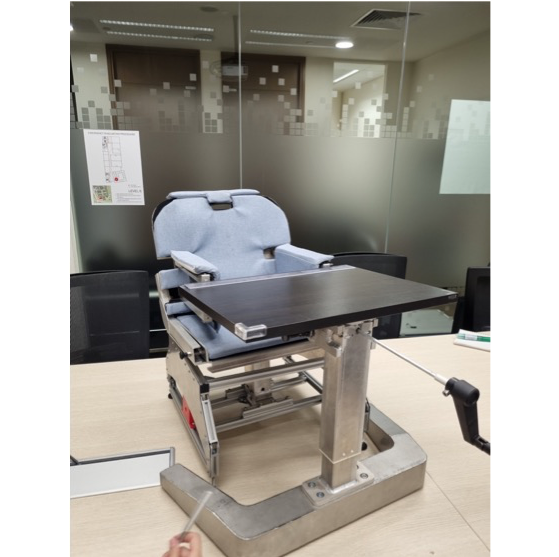
SIT's final prototype features a table and an adjustable chair to accommodate students of various sizes and needs. (Photo: Kyrin Liong)
Simple but effective, the chair is a good example of how SIT professors and students work with community partners to improve beneficiaries’ lives.

A/Prof Steven Tay (centre), Asst Profs Kyrin Liong (left) and Mark Teo (right) with the finished chair prototype. (Photo: Kyrin Liong)
Providing Support in More Ways Than One
The idea for the chair was conceived after focus group discussions with Rainbow Centre during an Occupational Therapy Capstone Project on inclusive classroom design.
The centre wanted to improve its current classroom chairs, which were wooden with no upholstery, bulky, and difficult to adjust.
From these huddles, the team, comprising four SIT professors and 11 students from the Health and Social Sciences and Engineering Clusters, decided to work on an adjustable classroom chair.
They then applied for a grant from the Community Leadership And Social Innovation Centre (CLASIC) in SIT to take it to the next step. Its approval allowed the team to build the prototype chair.
And now, the SIT team is exploring having more such chairs in the Rainbow Centre and using the prototype as a basis for future designs.
Facilitating Learning Through Stories
Another project funded by CLASIC is a storytelling software designed to help children with autism spectrum disorders (ASD) understand and apply commonly used vocabulary. The software was developed in close consultation with two speech therapists from the Asian Women’s Welfare Association (AWWA) based on their knowledge, expertise, and observations of their students.
Together with the speech therapists, who were also AWWA teachers, the SIT team conceptualised an application that could act as an additional teaching aid outside the classroom. The application would allow students to practice common vocabulary through repeated listening and application in familiar local contexts.
Headed by Associate Professor Radhika Jaidev from SIT’s Centre for Professional Communication (CPC), this CLASIC project aimed to help students achieve a functional level of proficiency through increased exposure time to English outside of the classroom with the help of a parent or caregiver.

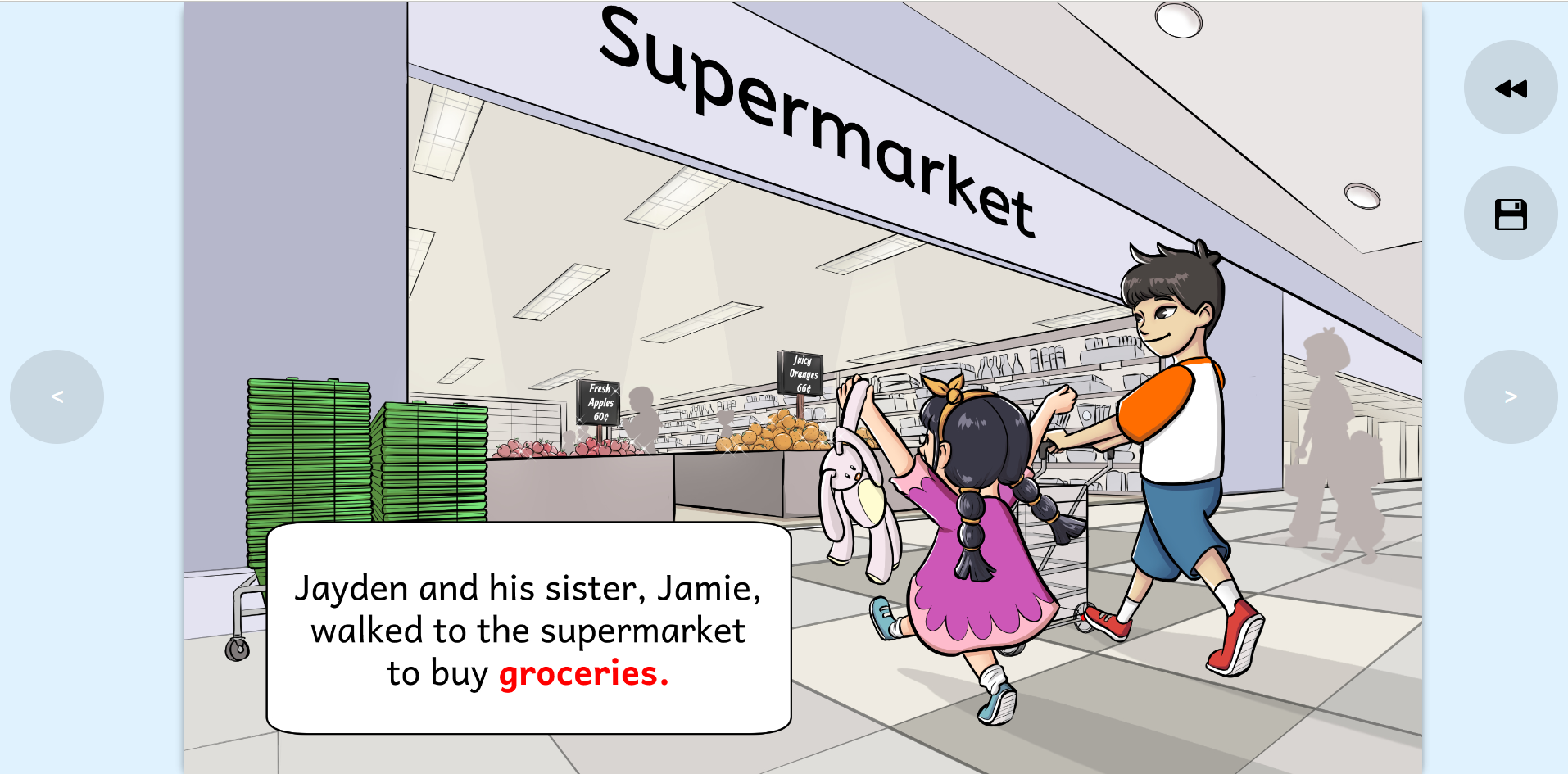
In collaboration with AWWA, A/Prof Radhika and the SIT team developed an innovative storytelling tool to support children with ASA. (SIT Photos)
Involving six faculty members from both CPC and SIT’s Infocomm Technology Cluster, the application features stories that focus on common situations seen and experienced in Singapore. Therefore, the stories carry localised vocabulary such as “hawker centre”, “void deck”, “Gardens by the Bay”, and names of local festivals such as Hari Raya, Deepavali and Chinese New Year. They also include local customs and traditions that students may be familiar with, such as visiting their grandparents during festivals.
These words are context-specific and less likely to be found in other commonly available storytelling applications on the market, which initially confounded the teachers at AWWA.
“We used a specific reading and vocabulary framework to design the materials,” explained A/Prof Radhika.
The final prototype of the application, developed and designed with the involvement of two students, contains two illustrated stories and activities linked to them.
The activities are designed for repeated use, as the team received feedback that repetition is helpful for learning.
Children engage in roleplay through the activities, practising situations such as ordering food and purchasing groceries. Through these activities, they become familiarised with the process of an everyday situation, or even practise how to respond.
“At the end of the day, that’s what you want for the kids – to become more skilful at communicating,” said A/Prof Radhika.

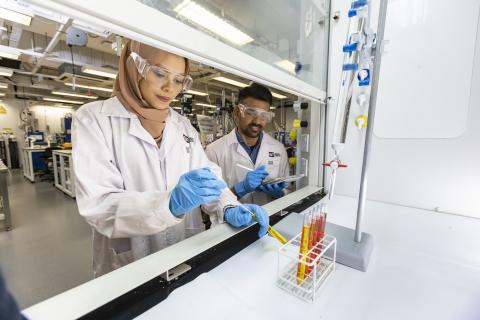






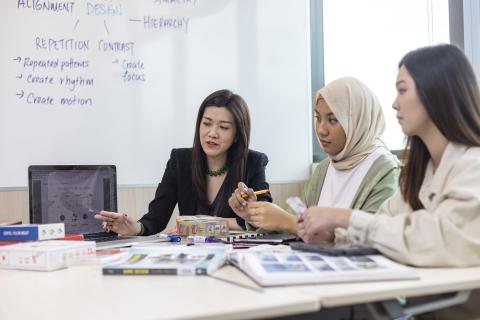

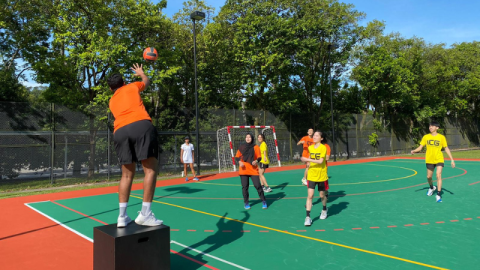
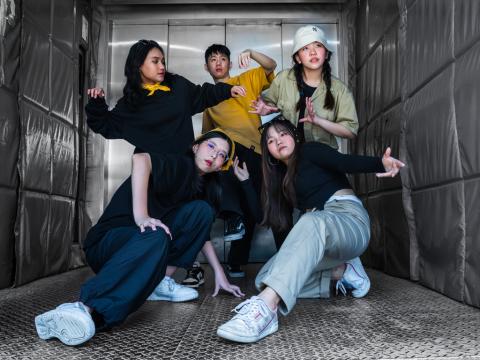



![[FA] SIT One SITizen Alumni Initiative_Web banner_1244px x 688px.jpg](/sites/default/files/2024-12/%5BFA%5D%20%20SIT%20One%20SITizen%20Alumni%20Initiative_Web%20banner_1244px%20x%20688px.jpg)


